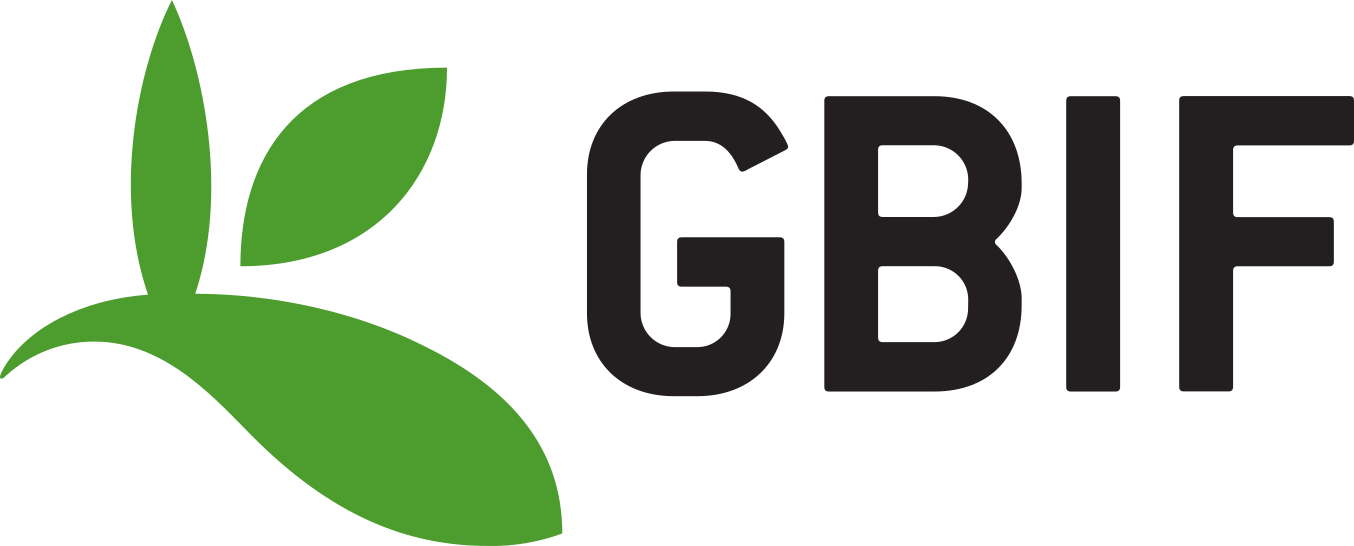Où cette espèce a-t-elle été observée ?
 Attention : cette espèce peut être présente où il n’y a pas de maille, mais à ce jour elle n’y a pas encore été observée.
Attention : cette espèce peut être présente où il n’y a pas de maille, mais à ce jour elle n’y a pas encore été observée.
Chargement...
- 5 observations
-
5
communes -
3
observateurs
4
organismes -
Première observation
2002 -
Dernière observation
2020
Anonymisé
-
Cense Colette,cense Thierry
-
Non Renseigné
-
Muséum national d'Histoire naturelle (MNHN)
Participation à 1 Observation
Part d'aide à la prospection : 20.00 %
Fiche organisme
-
DREAL Centre-Val de Loire
Participation à 1 Observation
Part d'aide à la prospection : 20.00 %
Fiche organisme
-
France Nature Environnement Centre-Val de Loir
Participation à 1 Observation
Part d'aide à la prospection : 20.00 %
Fiche organisme
Informations espèce
Non renseigné pour le moment
Non renseigné pour le moment
Répartition actuelle en France métropolitaine
© INPN - Avertissement : les données visualisables reflètent l'état d'avancement des connaissances et/ou la disponibilité des données existantes au niveau national : elles ne peuvent en aucun cas être considérées comme exhaustives.
Répartition actuelle dans le monde
Avertissement : les données visualisables reflètent l'état d'avancement des connaissances et/ou la disponibilité des données existantes au niveau mondial : elles ne peuvent en aucun cas être considérées comme exhaustives.
Apis agrorum Fabricius, 1787
|
Apis pascuorum Scopoli, 1763
|
Bombus agrorum (Fabricius, 1787)
|
Bombus italicus Fabricius, 1804
|
Megabombus pascuorum (Scopoli, 1763)








